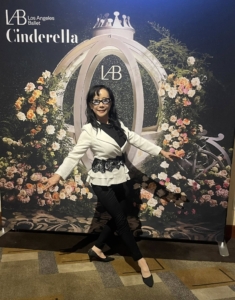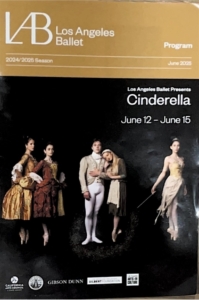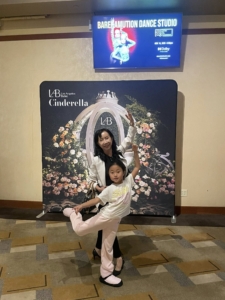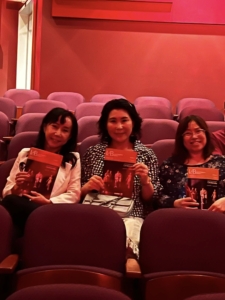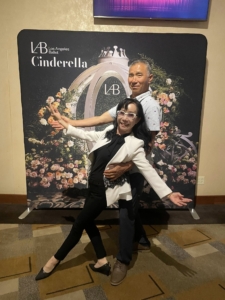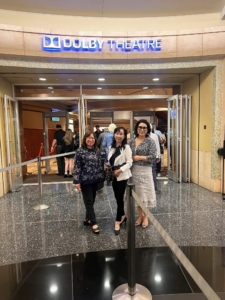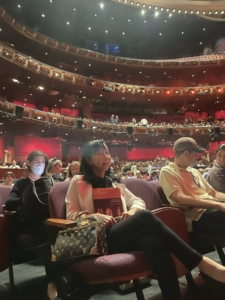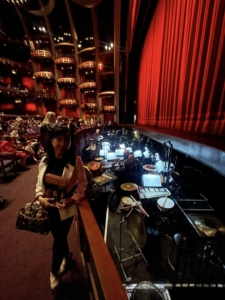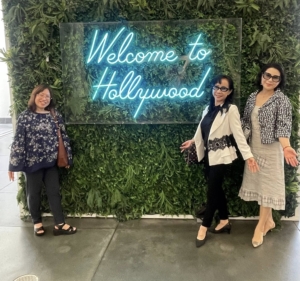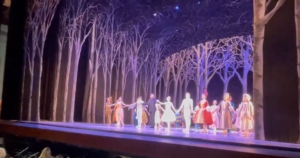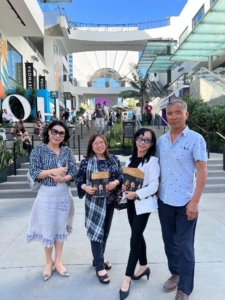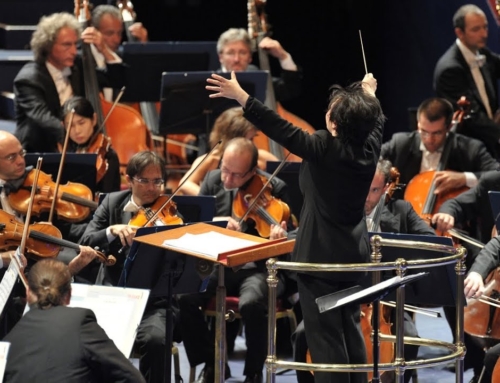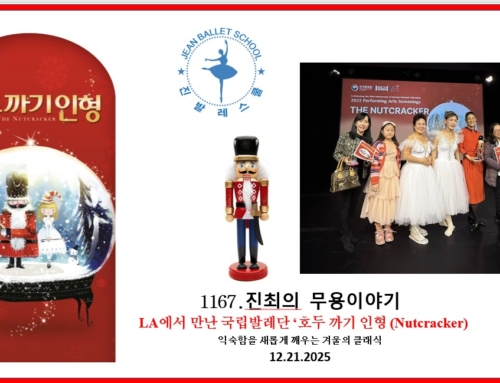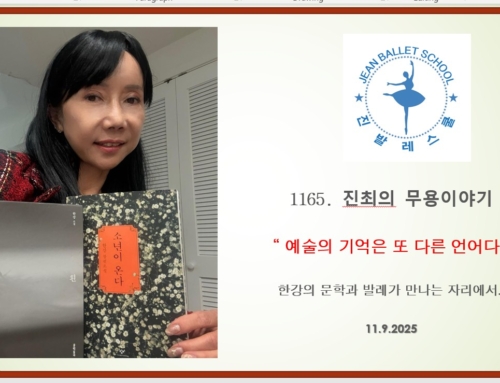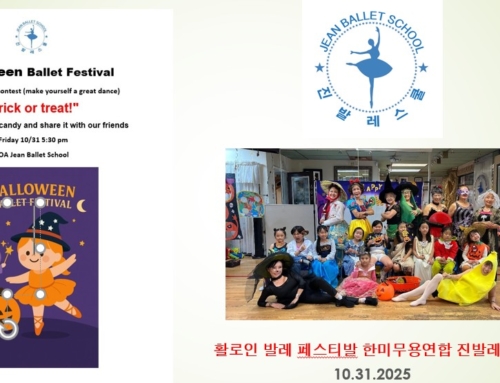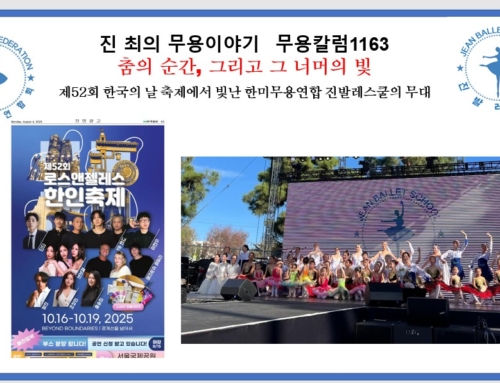A Glass Slipper and a Memory: Reflections on LA Ballet’s “Cinderella”
When I hear the word Cinderella, my mind doesn’t first turn to the stage—but to Disney’s animated world. When my two daughters were young, our home was filled with princesses. Every day, without fail, we played those worn-out videotapes. Long before YouTube or streaming, those stories—Cinderella, The Little Mermaid, Snow White—turned our living room into a little theater. The tapes would stretch from endless use, and my girls knew the spells by heart. Of all the lines, it was always “Salagadoola mechicka boola bibbidi-bobbidi-boo!” that they loved most.
When the tape ended, the performance began. Dressed in their princess gowns, my daughters would twirl and leap for their mom and dad, offering a ballet recital filled with innocence and joy. Every movement held a child’s pure heart. Each night, I became the director, the audience—and always, the ballet teacher.
That memory—etched over 25 years ago—still dances beside me. Even in my current ballet classes, I sometimes whisper that magical phrase. The children’s eyes sparkle, and in an instant, they become princesses. Onto that shared fantasy, I gently place ballet steps—relevé, passé, arabesque. At that moment, ballet becomes more than movement. It becomes living magic.
Last weekend, I joined the Lovers of Ballet group—affectionately known as BalsaMo—on a trip to the Dolby Theatre in Hollywood. The sunlit Sunday afternoon made our outing even more special as we gathered to see LA Ballet’s production of Cinderella.
Though I had seen this same production two years ago at the Saban Theatre, it felt both familiar and entirely new. I couldn’t quite recall the scenes in detail—and I soon realized why. The music hadn’t stayed with me. Unlike Swan Lake or The Nutcracker, whose melodies linger like perfume, Cinderella’s music had left no echo in my mind.
But near the end—just before the magic unraveled—I heard a passage that struck a chord. “Where have I heard this rhythm before?” Then it came to me: Prokofiev. Of course—he was the composer of Romeo and Juliet. The tension of this climactic scene reminded me of Montagues and Capulets, that thunderous, ominous march when Romeo and Tybalt confront one another. Brass-heavy, rhythmically repetitive, full of fate—the music spoke a language that tied two different stories through one shared emotion: destiny.
What touched me most, however, was the dancers’ expressions. Sitting in the front row, I saw every emotion as if it were spoken. Faces became voices. After the final bow, I turned to my husband and said, “Next time—always front row.” Dance becomes true art when it conveys not just movement, but feeling.
And then, an old lullaby whispered from memory. “Sa-ba-sa-ba ai-sa-ba…” A nonsensical tune I used to hum while putting my daughters to sleep—a lullaby version of Cinderella. After the performance, my daughter turned to me and said, “Mom, I remembered that Cinderella song you used to sing.” Her words stirred something quiet inside me. Art has the power to recall forgotten feelings—to awaken memories we thought we’d lost.
The Cinderella I saw that day was a story I already knew—but the emotions it awakened felt entirely new. The same work, seen at a different moment, is received by a different self. As I walked back into the street, a single glass slipper seemed to linger in the corner of my heart, silent but shimmering.
One glass slipper. One memory. And once again, I believe in the power of art.
—
www.koadance.org | www.balletjean.com
KOA Dance Federation • Jean Ballet School
3727 W. 6th Street, Suite #607, Los Angeles, CA 90020
Tel: 323-428-4429
www.koadance.org www.balletjean.com
한미무용연합회. 진발레스쿨
3727 West. 6th Street #607. LA CA 90020
Tel: 323-428-4429
